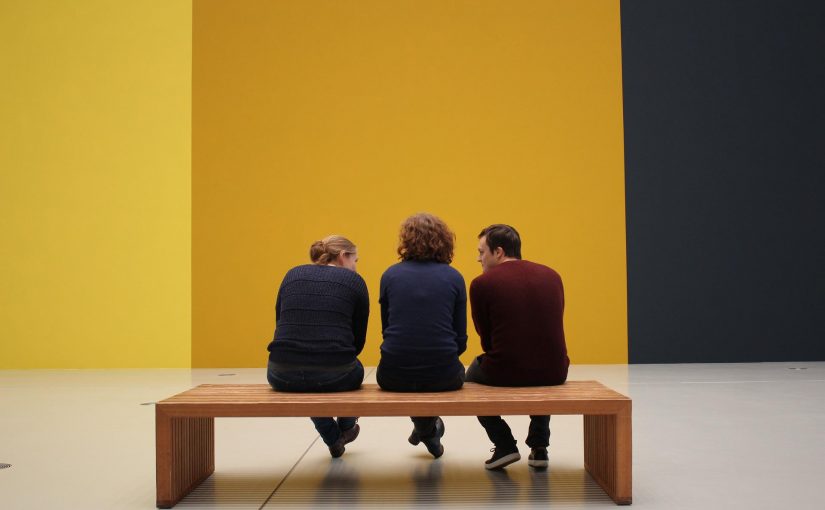Imagine a paint shop. A huge, sprawling warehouse filled with cans of paint; every colour you can imagine and then some. Imagine you could have any amount of any colour you want for just $9 a month. What a deal! If you need to paint your house or bedroom, you can’t beat it. Nowhere else can you get more paint for less money. This is Spotify.
Imagine a small art gallery next door to the paint shop. They sell original 1-of-1 paintings and limited-edition prints. The paintings are surprisingly expensive and the prints are more affordable. Nobody comes into the art gallery asking to buy “the canvas with the most paint on it” because they’re trying to get a good deal. Here, the value isn’t in the paint itself but in the artwork. This is ever.fm.
The point is: the paint shop and the art gallery can happily co-exist. They do not cannibalize one another. If a customer wants to paint their wall, they go to the paint shop. If a customer wants a painting for their wall, they go to the art gallery.
The paint shop and the art gallery can happily co-exist. They do not cannibalize one another.
The paint shop and the art gallery both sell the same product – paint – but they do so in entirely different ways. You’ve seen photos of a bird sitting inside a crocodile’s mouth, cleaning its teeth? This is a bit like that. There’s a symbiosis between the two because they don’t compete directly.
This is how I think the near-future of music consumption will look. Spotify isn’t going anywhere. There are too many people who need to paint their walls with music and the allure of high-volume, low-cost music-by-the-gallon is undeniable. But Spotify doesn’t sell 1-of-1 original art pieces by my favourite artist. It’s simply not something they offer. To get that I need to go next-door to the art dealer.


